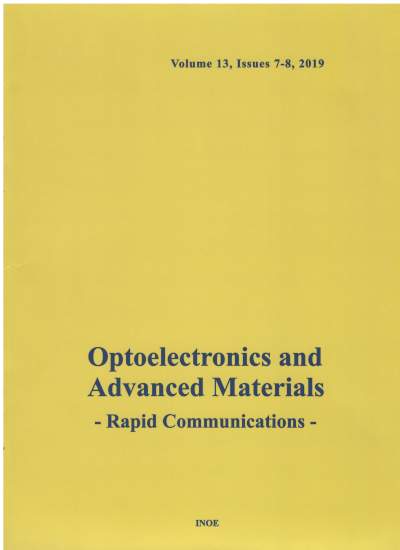Early diagnosis of tooth decay using fluorescence and polarized Raman spectroscopy
IULIAN IONIŢĂ1,*
Affiliation
- University of Bucharest, Physics Faculty, Optics Department, P.O. Box MG-11, 077125 Bucharest-Magurele, Romania
Abstract
Teeth fluorescence measurements are widely used in teeth decay researches, but less in clinical practice. The fluorescence
spectrum strongly depends on many experimental factors. The tooth enamel must present a Raman spectrum with strong
polarization anisotropy. Carious lesions of the enamel will produce an alteration of local symmetry and will increase much
more scattering of light. This will reduce the anisotropy of the Raman spectra. The 959 cm-1 Raman peak has a high
sensitivity to polarization in sound enamel and low sensitivity in carried enamel. Thus, Raman polarized spectroscopy could
be a useful method to help fluorescence measurements in early detection of teeth caries.
Keywords
Fluorescence, Raman spectroscopy, Polarization, Tooth decay.
Citation
IULIAN IONIŢĂ, Early diagnosis of tooth decay using fluorescence and polarized Raman spectroscopy, Optoelectronics and Advanced Materials - Rapid Communications, 3, 10, October 2009, pp.1122-1126 (2009).
Submitted at: Aug. 5, 2009
Accepted at: Oct. 2, 2009
